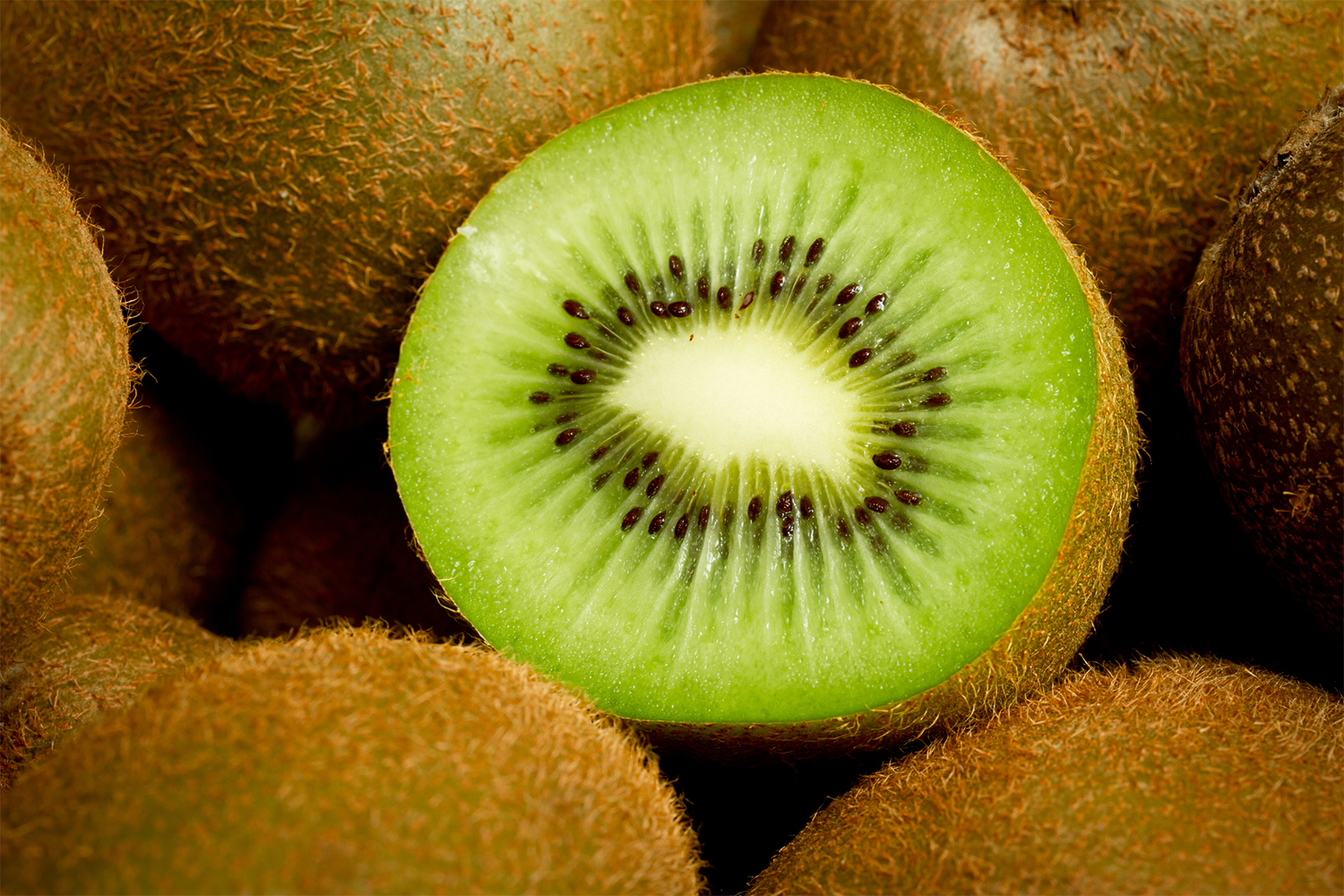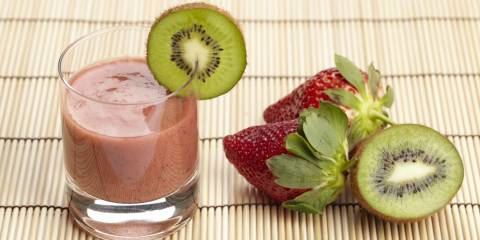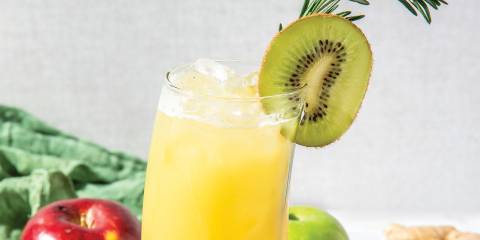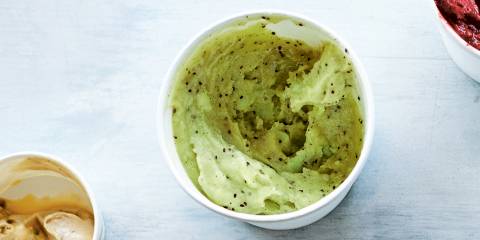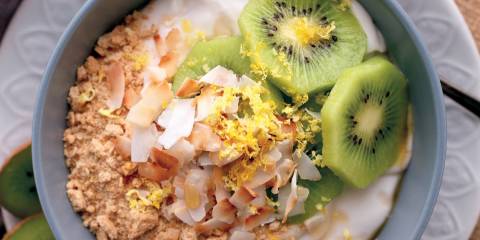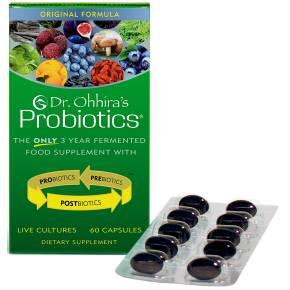A native of China and a transplant to and from New Zealand, the fuzzy, brown, egg-shaped fruit known to us as kiwi is a recent addition to our diets, first appearing in US produce departments in 1980.
With more nutrients than any other fruit, this relatively new arrival is a welcome one at that.
Kiwifruit's Tasty Past
Kiwifruit (Actinidia deliciosa) once grew wild in the Yangtze valley and other areas of China, where it’s known as yang-tao, or Chinese gooseberry.
At the turn of the century, missionaries brought Chinese gooseberry seeds back home with them to New Zealand, where the fuzzy crop was renamed “kiwifruit” in 1974.
While unappetizing on the outside, glistening, emerald green flesh with a creamy center and a starburst of tiny black seeds appears when this fruit is cut open. This hidden jewel yields a tart potpourri of flavors variously likened to strawberries, pineapples, and bananas.
Health Benefits of Kiwi
Research has shown that the nutritional value of kiwifruit is, ounce for ounce, superior to that of other fruit.
With almost twice the amount of vitamin C as an orange, kiwifruit is an excellent source of vitamin C and contains eight times the nutrients of an apple.
Basic Nutrition
One kiwifruit generally provides:
- 50 calories
- 1⁄2 gram fat
- 0 grams cholesterol
- 2 grams dietary fiber
- 8 grams sugars
- 1 gram protein
Specific Nutrients
-
Antioxidants
With its high levels of antioxidants (twice that of an apple), kiwi can add cancer prevention to its list of benefits, too.
-
Other Nutrients
- fiber (for healthy digestion and regular bowel movements)
- lutein (for eye health),
- copper (good for the immune system and the brain)
- potassium (good for blood pressure)
- vitamin E
For Vascular Health
Instead of an apple a day, two or three kiwi a day were what researchers gave a group of volunteers for a month.
This sampling led to reduced blood clotting as well as an overall lowering of cholesterol.
The conclusion was kiwifruit can help prevent heart disease and stroke. The findings of this study were backed up by a meta-analysis that showed regular kiwi consumption was linked with a significant reduction in LDL cholesterol.
For Regularity
Kiwifruit has been consistently shown to help relieve constipation in clinical studies. Typically the studies focused on the consumption of two servings of the fruit daily.
How to Eat a Kiwi
Kiwifruit can be eaten whole like a peach or peeled and sliced.
-
Whole / With Skin On
If you leave the skin on a kiwi, be sure to rub the hairs off the skin with your hands before eating.
-
Prepared
Cut in half and scoop out flesh with a spoon.
-
Fruit Salad
Sliced together with melons and berries, kiwi adds not only an interesting flavor but also its unique bright green.
-
For Accent
The beautiful color makes for festive toppings for cakes and pies or, as an accent, floating in punch.
-
In Marinade
Kiwifruit also have enzymes that make for an effective meat tenderizer.
Place slices on top of meat and let it sit for a while before cooking.
-
Choosing and Storing Kiwi
-
How to Pick a Good Kiwifruit
Choose kiwifruit free of:
- wrinkles
- soft spots
- bruises
- cuts
Water spots or marks on the skin’s surface don’t affect quality.
-
Softening a Kiwi
To soften, hold at room temperature in a loosely closed paper bag for 48 to 72 hours. Keep out of direct sunlight.
To speed up softening, put a ready-to-eat fruit such as a banana, apple, peach, or other fruit inside the bag with the kiwifruit.
Once kiwifruit is ripe and yields to the touch, refrigerate until ready to use. When sliced, refrigerate kiwifruit promptly, enclosed tightly in plastic wrap.
-
How to Store Kiwi
Firm kiwifruit will keep for two to three weeks (or more) in the refrigerator.
Since moisture is key to nutrition and quality, if you're not planning to use it immediately:
- put it in a plastic bag or the vegetable drawer
- keep it away from other fruits and vegetables
Do not put kiwi in the freezer.
